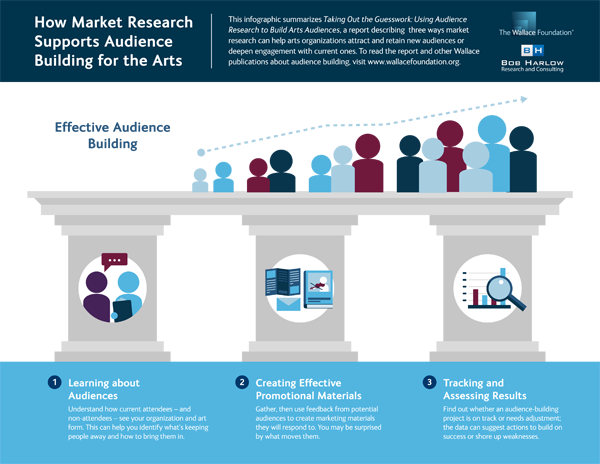The week-long discussion on Barry’s Blog continues. Yesterday’s question was “What kinds of research needs to be launched now so as to make the case for the value of the arts in aging and healing programs, and how can we involve the public in understanding and appreciating how the arts are making important contributions to both quality aging and healing?” Today’s question is Who else (what other disciplines and interest areas) need to be at the table as we solidify partnerships between the arts and organizations that are concerned with the issues of aging and those concerned with the issues of how the arts contribute to healing?
Grantmakers in the Arts
Angelique Power has been named Program Director, Culture, for the Joyce Foundation. She is formerly the Senior Program Officer. The Culture Program grants $2 million annually to support a richly diverse array of arts organizations in Chicago around efforts to build capacity, create important work, and reflect the community from the board room to the stage. Additionally, the Culture Program hosts the annual Joyce Awards competition, which awards $50,000 to artist and nonprofit partners from around the Great Lakes to commission new, dynamic work.
Barry’s Blog has invited a group of eight professionals to discuss a set of questions on the topic of Arts & Aging in a “blogathon” that began on June 14 with the initial post on Arts and Healing.
As you know, this field has been struggling for an identify for a while (at least in the US; less so in other countries). I noticed that you are using several terms, including “art and aging” and “arts and healing.” It’s quite possible that I’ve missed these terms in my work, but this is the first time I’ve seen the term “arts and healing.”
Featured in the current Reader, Trustee Participation in the Annual GIA Conference is a report from Ellen Michelson and Teresa Bonner of Aroha Philanthropies of a panel discussion held at the GIA 2014 Conference in Houston.
Ford Foundation president Darren Walker has announced that the foundation will focus the nation’s second largest philanthropy on issues of inequality. From Alex Daniels at The Chronicle of Philanthropy:
Oregon Shakespeare Festival (OSF) has launched artEquity, a facilitator training initiative on inclusion and equity issues for theatre companies nationwide. The program, which will have its first retreats in September and October, is supported by a $145,000 grant from the Andrew W. Mellon Foundation.
Each year the National Endowment for the Arts celebrates master folk and traditional artists that embody this strength and diversity of culture. The recipients of this year’s NEA National Heritage Fellowships represent art forms ranging from those born and bred in the United States such as the quilters of Gee’s Bend from Alabama to those that are newer to our country such as the oud playing of Rahim AlHaj, who immigrated to the United States from Baghdad. The fellowships include an award of $25,000.
The Wallace Foundation has released a guide designed to help arts organizations use market research to identify ways to build meaningful connections with different audiences. Taking Out the Guesswork: A Guide to Using Research to Build Arts Audiences draws on evidence gathered from 10 organizations across the United States, including visual arts institutions, theaters, dance and opera companies. The guide provides valuable insight and detailed guidelines on how to learn more about current and potential audiences, create effective promotional materials, and more effectively track and assess the results of new audience-building initiatives.



